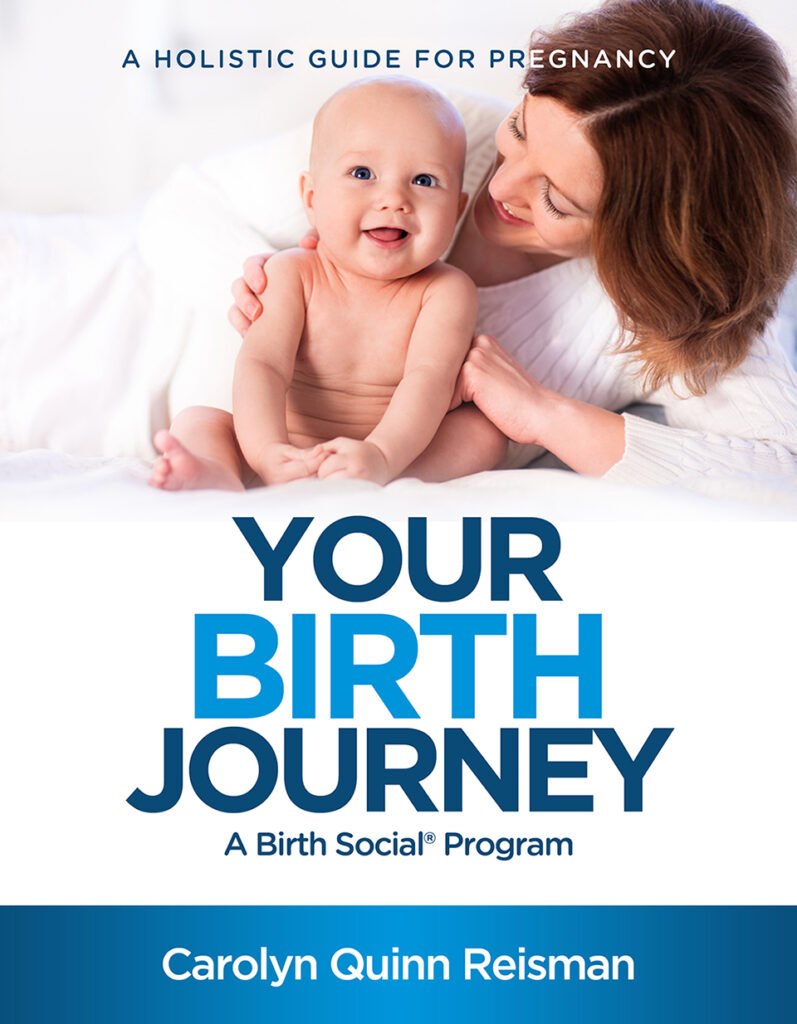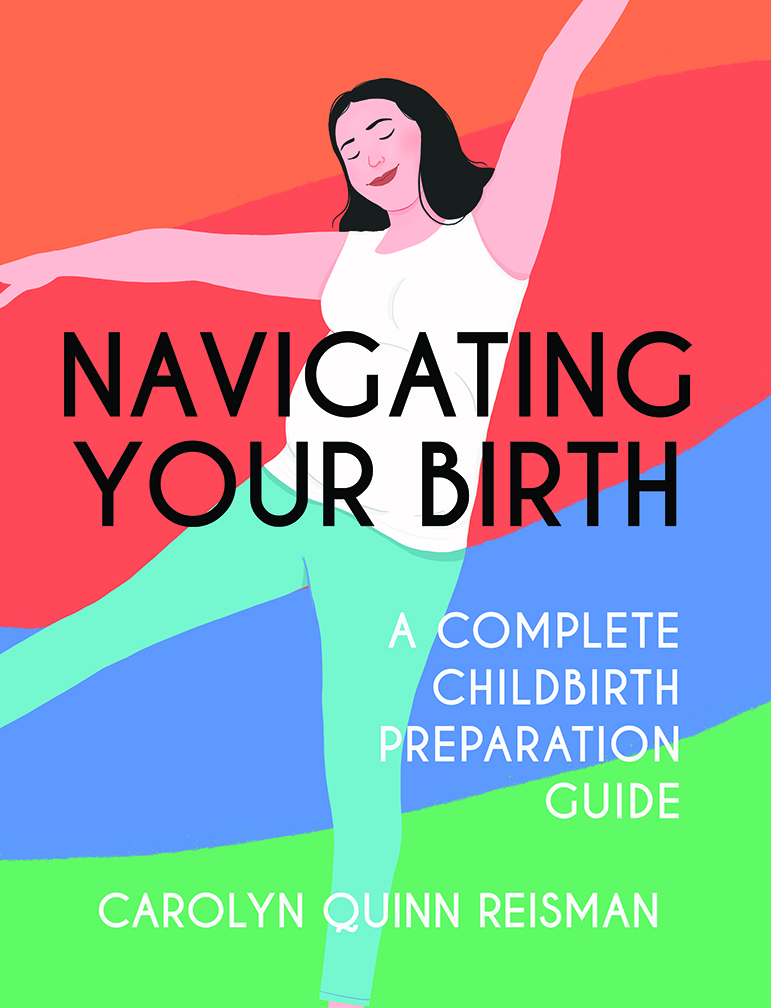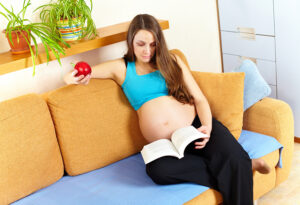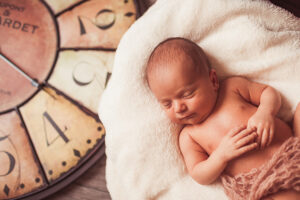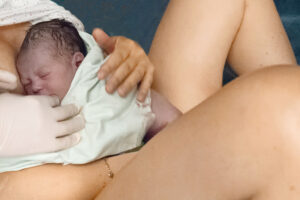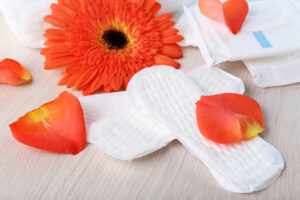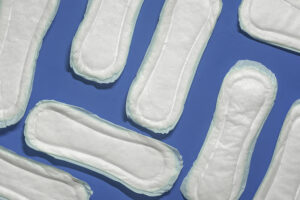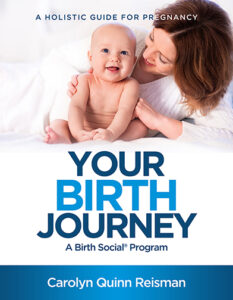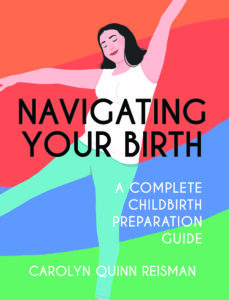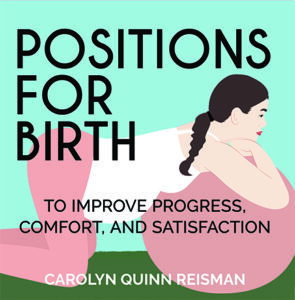As parents, you will need to think about sleeping arrangements with your baby. While this seems like a simple decision to make, controversy explodes when it comes to where a baby should sleep. Should you sleep with your baby or not?
It has only been in recent history that parents have been encouraged to put their babies to sleep alone in another room. This idea is glorified by the entire nursery industry: the crib, rocker, changing table, and other gear. Western culture is obsessed with this rite of passage. In contrast, babies in the majority of non-Western societies sleep either in bed with the parents or in the same room.
Why the Fuss?
Parents in American culture did not always put their babies in rooms down the hall. In the “History of Infant Sleep in Western Industrialized Societies,” James McKenna points out that several converging factors contributed to the popularity of sleeping separately from baby, including:
- Bottle-feeding
- Individualism
- Undermining of parental instinct by experts
- Romanticized relationships
The advice? In order to raise independent children and maintain energized and romantic relationships between parents, feed babies formula from a bottle and put them to sleep on their bellies in their own room. This cultural phenomenon coincided with the rise of Sudden Infant Death Syndrome (SIDS).
The Baby Bed Campaigns
The rise of SIDS certainly piqued the interest of pediatricians, scientists, and health organizations. In an effort to reduce the risk of SIDS, experts in the early 1990s launched the “Back to Sleep” campaign, which emphasized that babies should be placed on their backs to sleep. However, it wasn’t until 2016 that the American Academy of Pediatrics (AAP) recognized that SIDs was further reduced when babies slept in the same room as the parents for at least six months to a year – but not in the same bed. In contrast, research shows that SIDS is significantly reduced when babies sleep in the same bed with mom in safe conditions, referred to as bed-sharing or co-sleeping.
You will often find that the words co-sleeping and bed-sharing are used interchangeably. Co-sleeping was traditionally viewed as the baby sleeping in the same bed and continues to be a popular term. Since the AAP promotes co-sleeping in the same room, bed-sharing became a word that differentiates sleeping arrangements into “same-room or same-bed.”
Some parents choose bed-sharing or use a co-sleeper attached to the bed to keep baby close. There are even in-the-bed co-sleeper options, which is a co-sleeper small enough to fit in your bed and not take up too much room. Other parents may place a crib in their room, so the baby is never far away.
Whatever system you choose to be close to your baby, don’t be surprised if your midwife encourages skin-to-skin contact in bed with baby for the first few days or weeks of life, which has been shown to facilitate a better breastfeeding relationship.
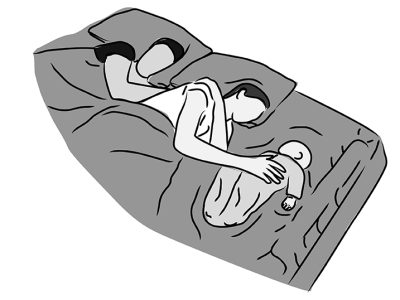
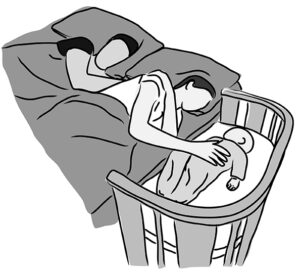
Bed Sharing Guidelines
If you choose to have your baby in bed with you, always follow safe bed-sharing guidelines. If you are on the fence or have doubts about sleeping with your baby, read Sleeping With Your Baby by Dr. James McKenna. Also, visit the Mother-Baby Sleep Laboratory at cosleeping.nd.edu. There is a ton of research that supports co-sleeping. Experts all over the world, such as Dr. James McKenna and Dr. Sears, recommend the following safe co-sleeping practices:
Safe Co-Sleeping Conditions
- Baby is born at a healthy gestation
- Baby sleeps on a clean, firm surface
- Baby has light (comfortable blanketing or clothing
- Baby sleeps on his back
- Baby breastfeeds. Breastfeeding significantly protects against SIDS
- Both parents in bed know baby is co-sleeping
- Tie up excessively long hair to prevent entanglement around baby’s neck. (Yes, it can happen!)
- Place baby next to mother rather than between mother and father. Mothers are physically and mentally more aware of baby’s presence, while fathers may not have that same sensitivity.
Unsafe Co-Sleeping Conditions
- No soft or fluffy surfaces: no waterbeds, beanbag mattresses, sofas, sheepskin, etc.
- No stuffed animals or pillows around or under baby.
- No smoke in sleeping room, or second-hand smoke on clothing or other sources; smoke increases the risk of SIDS.
- No crevices between the mattress and guardrail or headboard that might allow the baby to slip down into a crevice and suffocate.
- No co-sleeping with a sleeping adult who is unaware of baby’s presence in bed.
- No co-sleeping with toddlers, older siblings, or pets.
- Do not co-sleep when parents are under the influence of drugs, alcohol, or medications, which cause drowsiness.
- Do not use perfumes or lotions that may affect your baby’s delicate senses and immune system.
- Do not co-sleep if you are extremely obese and unable to feel exactly where or how close your baby is beside you. Instead, have your baby sleep beside you on a different surface.
- Do not leave baby in bed alone.
The Modern Parent
Today, parents have more access to evidence-based information than ever before. Experts and parents worldwide have advocated for regaining the physiological relationship between mother and child based on what science says on sleeping with baby and what instinct has always upheld. Our human bodies are meant to be close to our babies.
Mary Anne Liebert, Inc. Bedsharing and Breastfeeding: The Academy of Breastfeeding Medicine Protocol #6. Breastfeeding Medicine, 2020.
National Institute of Health, The National Library of Medicine, A comparison of the sleep-wake patterns of cosleeping and solitary-sleeping infants. Child Psychiatry Hum Dev., Winter 2004.
Science Direct, Trends in Breastfeeding Interventions, Skin-to-Skin Care and Sudden Infant Death in the First 6 Days after Birth. The Journal of Pediatrics Volume, March 2020.
Wiley Online Library, Women Who Bedshare More Frequently at 14 Weeks Postpartum Subsequently Report Longer Durations of Breastfeeding. Journal of Midwifery and Women’s Health, May 2018.



